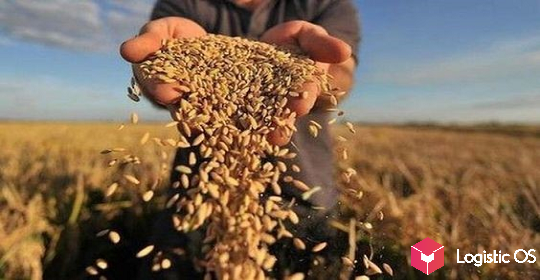But the Celestial Empire needs to diversify imports and remove dependence on Australian supplies.
Imports of barley to China began in the 1960s, by 2020 it was the largest buyer of barley in the world — with Australia becoming the main supplier. But in May 2020, China imposed duties on the import of Australian barley, which were in effect until August 5 of this year.
Now the Australians are very optimistic about the resumption of supplies, although the situation with meeting Chinese needs in this grain has remained difficult.
Barley production in China did not cover the needs of the country for decades. Little by little, imports grew and by 2020 reached 90% of the needs.
And the lion’s share of the Chinese market was occupied by Australia. This was greatly facilitated by the targeted zeroing of duties in 2015. So, by 2017, more than 73% of imported barley in China was from there.
And everything would have continued further, but the Australians began to actively dumping — the price of imports turned out to be noticeably lower than in the domestic market.
The Chinese realized it, not wanting to lose their own producers completely.
Since 2018, the main supplier of barley in China has officially become a suspect in dumping and causing damage to Chinese producers.
According to the results of the investigation, it turned out that the damage had indeed been caused and the Ministry of Commerce of the People’s Republic of China introduced two duties for 5 years at once specifically for Australian companies: against dumping by 73.6% and to compensate for damage by 6.9%.
The total turned out to be 80.5% — they began to charge from 05/05/2020.
What did forced import diversification lead to
Under the pretext of food security, the Chinese introduced tariffs, but then there was a political thaw — and duties were recently canceled, long before the end of the announced period of 5 years.
In fact, imports from Australia were stopped from May 2020 to August 2023. The losses of importers are estimated at $916 million.
By the way, in total, Australians export about 70% of barley abroad.
On the other hand, diversification of imports and reduction of import dependence in principle have not lost their relevance.
It cannot be ruled out that China will undertake to expand its own barley production in the future.
The Chinese have already actively begun to increase productivity. We are talking about developing a diversification strategy with building up our own capabilities, in a comprehensive manner.
For reference:
In 1961, China was already one of the largest producers of barley in the world, harvesting less than 4 million tons.
The historical record has been held since 1962 — almost 6 million. And in 2020, the Chinese collected less than 1 million.
For comparison: in the same 2020, almost 21 million were collected in the Russian Federation, and 10 million each in Germany, Australia and France.
But now the PRC cannot dramatically increase the area under barley, as in 1962, since food security is focused on rice and wheat.
At the moment, the growth potential of China’s imports is associated with supplies from the Russian Federation, Ukraine, Argentina and Kazakhstan.
It seems that the Australians were delighted early: for political reasons, the most favorable prospects for growth in supplies from Argentina and the Russian Federation.
China has been actively diversifying trading partners for years, strengthening ties with many countries, especially with participants in the One Belt, One Road initiative.

